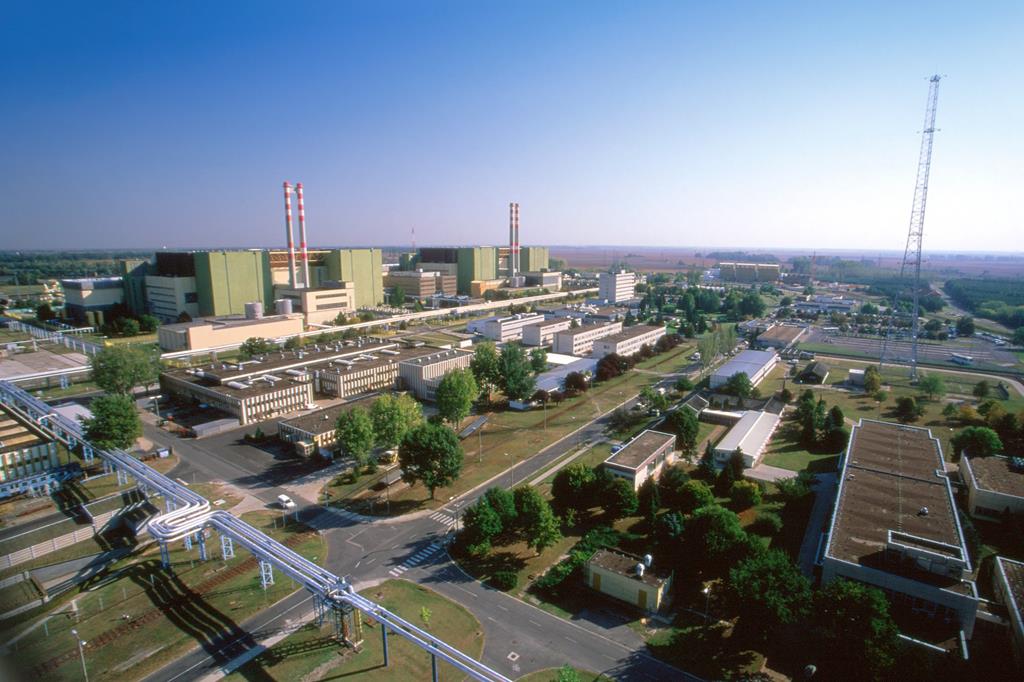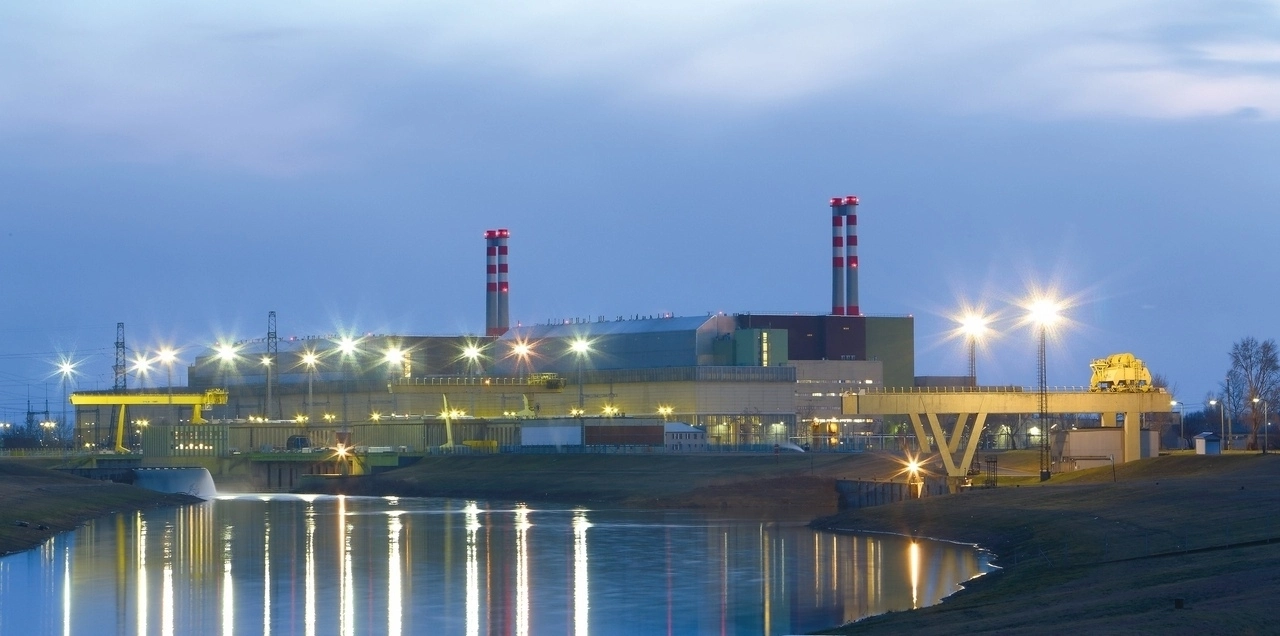Paks nuclear power plant free to overheat the Danube in the future?

Once in 2022, twice in 2023, and again this year, the output of the Paks nuclear power plant had to be reduced due to the increased water temperature of the Danube. The government would reduce the burden on the plant with a new decree, with Paks II potentially changing the status quo in the future.
On 15 and 16 August, the power output of the Paks nuclear power plant had to be reduced because the water temperature of the Danube exceeded the limit of 29.5 degrees Celsius and then 29.75 degrees Celsius. The output of several units was reduced by 80 megawatts each, and by 18 August, the water temperature in the Danube had moved in a favourable direction, allowing the first two units affected to operate at nominal capacity again, while the fourth unit is now operating at 50 percent capacity due to planned maintenance.
In practice, however, as Portfolio points out, this means that the net output of the plant has increased by 70 MW since the 50 percent capacity is greater than the previous total load.

New regulation for Danube temperatures near the Paks nuclear power plant
According to current regulations, the temperature of the Danube within half a kilometre of the power plant’s cooling water outlet cannot exceed 30 degrees Celsius in order to protect the environment and wildlife. Should the water temperature in a section 500 metres downstream from the cooling water intake exceed the limit of 29.5 degrees Celsius, power output must be reduced by 80 megawatts for every 0.1 degrees Celsius, according to the plant’s internal regulations.
However, as Népszava writes, this may change, based on a decree that came into force on Thursday evening, 15 August, and was signed by the energy minister, which states that in order to ensure the security of supply, the energy minister—after informing the minister responsible for the environment and water—may authorise the 30-degree limit to be exceeded in certain cases.
The specific justifications and circumstances for such a decision, for how long the higher temperature can be sustained, and what exactly this temperature may be, are not detailed in the regulation. Moreover, as Népszava points out, Csaba Lantos, as Minister of Environment, must notify himself about the decision, as the minister responsible for environmental issues as well.
Radio Free Europe suggested that the decision was motivated by two considerations of energy policy. On the one hand, the annual warming of the Danube is expected to make similar exceedances more frequent. According to G7, the loss of nuclear capacity can lead to supply security problems and rising electricity prices. The decree could provide a solution for these issues.
Secondly, switching the reactors on and off, as well as constant changes in power output have an impact on the longevity of the Paks nuclear power plant, which legislators are naturally trying to prolong as much as possible.
However, as the paper puts it,
“both reasons are unacceptable if the ecological environment has to foot the bill”.

Paks II may add to the environmental burden
As G7 also points out, future summers are expected to be hotter and hotter by the year, warming the Danube water to near or above the critical 30 degrees more frequently. In addition, the Paks II investment will further increase the heat load from the nuclear power plants on the Danube, which means that much more cooling water will be needed in the area.
Back in 2014, HVG wrote: “The water demand of the current four units [of the Paks nuclear power plant] is about one hundred cubic metres per second. With the commissioning of the planned two new units, the plant’s water demand could increase significantly. […] If the first new unit starts production in 2032 before the first old unit is shut down, the water demand could approximately double.”
As the paper suggested at the time, the case of Paks (and Paks II) is closely linked with the long-term river regulation of the Danube, but power plants are not the only sector interested in water use: the shipping sector, for example, has a completely opposite opinion on the dredging of the river bed, which is unfavourable for Paks.
Read also:
- Unexpected: Russia may build a third nuclear power plant in Hungary by 2035!
- Here’s when the two blocks of the Paks NPP will be ready
Source: HVG, G7, Portfolio, Népszava, Szabad Európa






Why not take advantage of this warm water from the Paks nuclear plant by creating a five star Paks Strand featuring 30C water to bathe in?